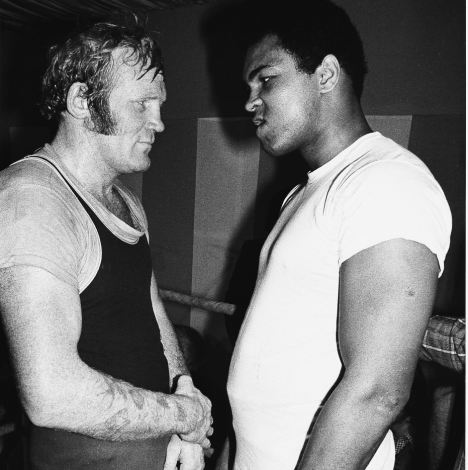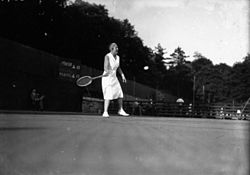On this day, the 28May, 1934, Sir ‘Jack’ Hobbs, scored his 197th & last first-class century, aged 51.
Born into poverty in Cambridge in 1882, the first of 12 children, John Berry Hobbs was a professional cricketer who played for Surrey [1905-1934], and for England in 61 Test matches [1908-1930].

Known as ‘The Master’, he is regarded as one of the cricket’s greatest batsmen, the leading run-scorer and century-maker in first-class cricket, with 61,670 runs to his credit, including 199 centuries.
On leaving school in 1895, he worked as an errand boy, and enjoyed a summer job as a college servant, assisting the cricket team. Aged 16, Hobbs became an apprentice gas fitter.
Early in 1902, Hobbs was appointed as assistant to the professional cricket coach at Bedford School, working as a groundsman and bowling in the nets. And in late August, he played his first match as a professional cricketer for a fee of ten shillings [50pence].
From an early age Hobbs sought to pursue a career in cricket, and in 1903 applied to join Surrey, scoring 88 runs on his first-class debut, and a century in his next match.

In 1908 Jack made his Test debut for England, scoring 83 in his first innings, and by 1911 had made his place secure after scoring 3 centuries in the Test series against Australia, following which critics judged him to be the best batsman in the world.
Following service in the Royal Flying Corps during World War 1, he returned to cricket in 1919. When, threatened by appendicitis, he became a more cautious batsman and played some of his most acclaimed innings, scored prolifically in both Test and domestic cricket until his retirement.
In 1953, Hobbs became the first professional cricketer to be knighted. He died in Hove, East Sussex in 1963, aged 81, a few months after his wife Ada.
28 May, 2019






